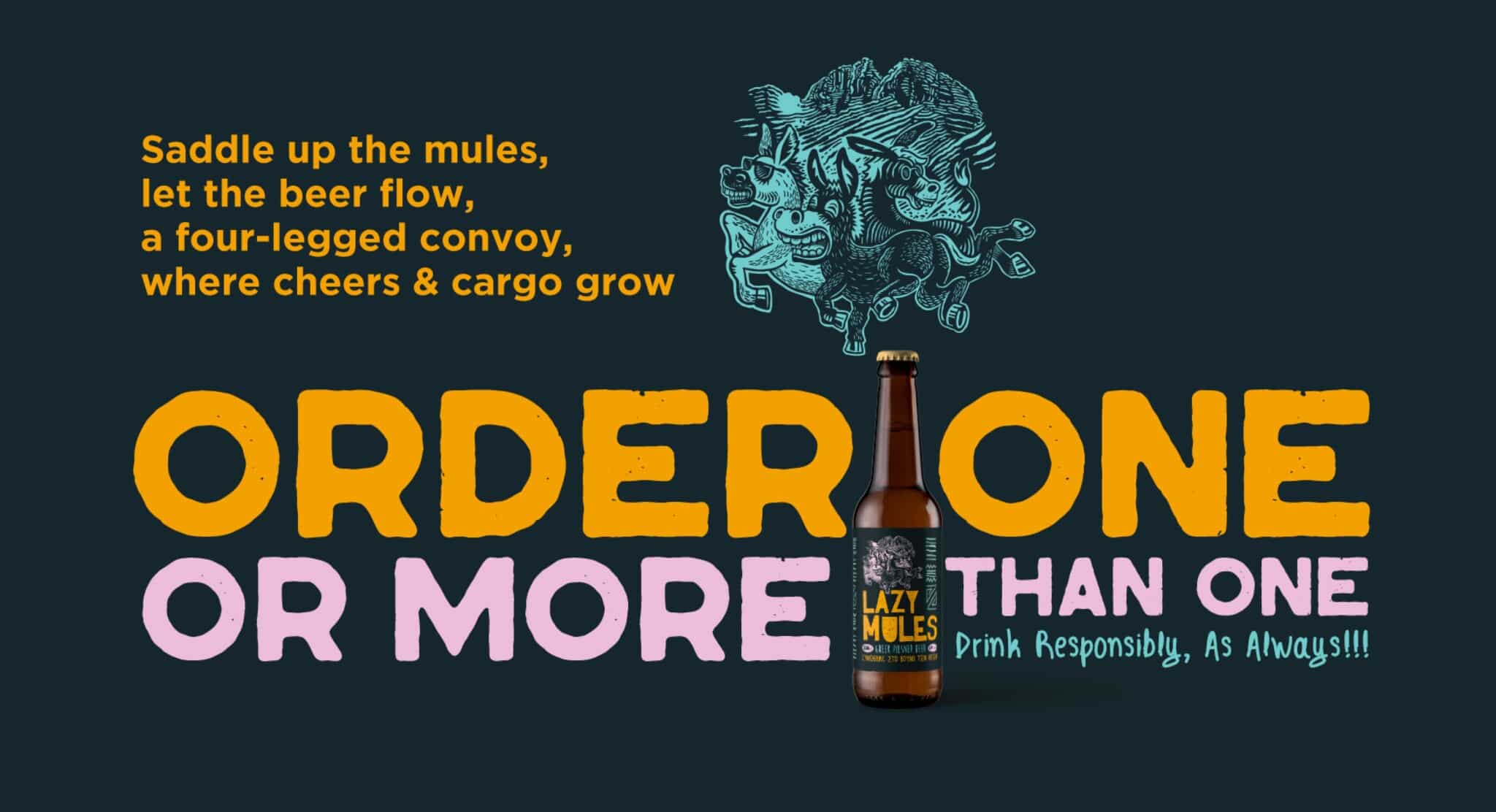From beach bliss to the secrets of ideal serving temperatures and endless flavors!
Summer 2025! The temperature is high, the sun is blazing, and the quest for refreshment is more urgent than ever. What’s the first thing that springs to mind? Why, an ice-cold beer, of course! That crisp, frothy delight that glides down your throat and brings instant relief. It’s our trusty companion at the beach, on the balcony, and at barbecues with friends. The image of beer has become so intrinsically linked with summer that for many, it’s almost… exclusive.
And this is where we, the beer Myth Busters, step in to overturn two of the biggest misconceptions: That beer is only a summer drink, and that it always has to be served ice-cold. Yes, you heard that right! While a frosty Lazy Mules Pilsner is absolutely perfect for the current heatwave, the world of beer is much, much larger and more thrilling than you can imagine. We’re here to “educate” you in the most entertaining way possible and encourage you to taste, experiment, and discover new dimensions of our beloved brew.
Myth #1: Is Beer Only for Summer? (Spoiler Alert: Nope!)
It’s true. When we think “beer,” our minds automatically conjure up images of golden, light Lagers or Pilsners, with foam overflowing and bubbles dancing in the glass. And why not? They’re crisp, refreshing, with low bitterness and easy drinkability – ideal for quenching our thirst under the scorching sun. This stereotype has its roots in the history and evolution of brewing, but also in global commercialization that primarily promoted these styles as a “mass beverage” and a symbol of “refreshment.”
But, dear friends, that’s just the tip of the iceberg! The world of craft beer is a vast ocean of flavors, aromas, and textures that can transport you through every season of the year. Just as you wouldn’t sip a heavy red wine on the beach in July, you probably wouldn’t reach for a light Pilsner by the fireplace in December (not that it’s strictly forbidden, of course!). Every season has its beer, and every beer has its ideal moment.
The Craft Beer Revolution
For decades, the beer market was dominated by large industries that focused on producing light Lagers, aiming for mass consumption and ultimate refreshment. This created the perception that beer was a simple, “mainstream” drink, ideal for quenching thirst. However, the craft beer revolution, which began timidly and is now flourishing worldwide – and of course in Greece with microbreweries like our very own White Town Brewery – changed the game.
Suddenly, brewers began experimenting, reviving forgotten styles, and creating new ones. They unlocked the “boxes” of flavors and aromas, using different types of malt, hops, yeast, and even adding fruits, spices, coffee, and chocolate. This creative explosion has given us a variety that can cater to every mood, every taste, and, yes, every season.
Why Beer Is for All Seasons
The answer lies in the incredible variety of styles. For a moment, forget the golden, refreshing options and open your mind to a universe full of colors, aromas, and flavors:
- The “Heavyweights” of Winter (and beyond!):
- Stouts & Porters: These are the “dark beers” that many shy away from, but they are true treasures. Ranging in color from deep brown to pitch black, they offer aromas of roasted coffee, chocolate, caramel, vanilla, and even hints of smoke or oak. Imagine an Imperial Stout with its full body, warming you on a cold night, like a liquid dessert. They pair incredibly well with chocolate desserts, roasted meats, or even a good cigar.
- Barleywines: Their name says it all: “barley wines.” These are high-alcohol beers (often over 10% ABV), rich, complex, with flavors of dried fruits, caramel, molasses, and often an alcoholic “warmth.” They are ideal for slow sipping, much like a brandy.
- Belgian Dubbels & Tripels: Belgian monastic beers are a category unto themselves. Dubbels are usually brown, with sweet notes of caramel, raisin, and spices. Tripels are lighter in color but equally potent, with aromas of fruits (like banana or pear), spices (like clove), and a dry finish. They are wonderfully accompanied by rich foods but they also stand on their own.
- Bock & Doppelbock: German beers, typically dark and strong, with rich, sweet flavors of caramel, toasted bread, and nuts. They are “warming beers” and pair perfectly with hearty meals.
- Οι “Ενδιάμεσες” Εποχές (Φθινόπωρο & Άνοιξη):
- Amber Ales & Red Ales: These offer a balance between the crispness of Lagers and the complexity of darker beers. With notes of caramel, bread, and a moderate bitterness, they are excellent for transitional seasons, when the weather begins to cool or warm up.
- Brown Ales: With flavors of nuts, caramel, and light chocolate, they are warm and inviting, ideal for an autumn afternoon.
- Saisons: These Belgian farmhouse ales are incredibly versatile. Often dry, with fruity and spicy notes, they can be refreshing in the summer, but also complex enough to enjoy in spring or autumn.
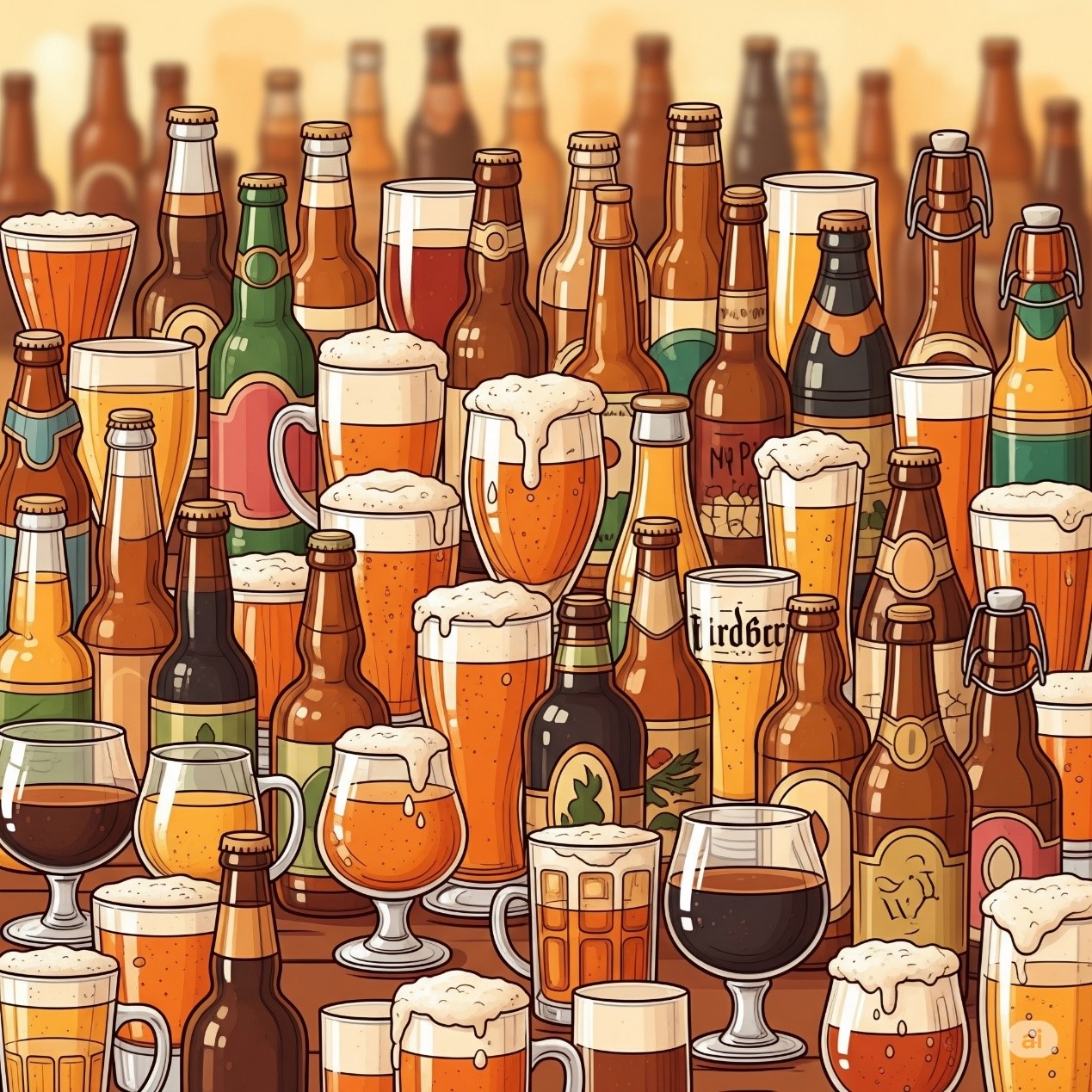
Food Pairing: Beer at the Table All Year Round
As we saw in our previous article «Cooking with Craft Beer», our favorite beverage is a fantastic food companion, and each style has its own culinary “sweethearts”:
- Summer: Light Pilsners and Lagers with seafood, salads, grilled chicken. Refreshing Weissbiers with white fish and fruits. (Our Lazy Mules Pilsner is the undisputed king of refreshment here!)
- Autumn: Amber Ales with roasted vegetables, pork, medium-intensity cheeses. Brown Ales with meats and mushroom dishes.
- Winter: Stouts and Porters with beef cheeks, stews, chocolate desserts. Barleywines with strong cheeses and nut-based desserts. Belgian Tripels with rich chicken or pork dishes.
- Spring: Saisons with light meats, fruit salads, goat cheeses. Pale Ales with burgers and pizza.
Beer, then, is a true chameleon, ready to adapt to our culinary needs and the surrounding temperatures. All it needs is for us to give it a chance!
Myth #2: Must Beer Always Be Served Ice-Cold? (Again: No!)
This is a point where many of us have fallen into a trap. Advertising has taught us that the “ideal” beer is one that comes out of the fridge with ice clinging to the bottle. And yes, for a refreshing Pilsner in a heatwave, that’s perfectly fine. But for most beer styles, “ice-cold” is the worst enemy of flavor!
Why Does Extreme Cold “Kill” the Flavor? The Science Behind the Enjoyment
When a beer is too cold, several things happen that prevent a full flavor experience:
- It numbs your taste buds: The sensors on our tongue become less sensitive at very low temperatures. It’s like trying to listen to music with muffled ears. You can’t fully perceive the nuances of flavors – sweetness, bitterness, acidity, umami.
- It suppresses aromas: Aromas are volatile compounds that are best released at specific temperatures. Cold “locks” them inside the beer, like having a beautiful flower in a glass vase that doesn’t allow its scent to diffuse. So, you lose half (if not more!) of the beer experience, since a large part of our taste comes from our sense of smell.
- It enhances bitterness (undesirably): In some beers, especially those with pronounced hop bitterness, extreme cold can accentuate an undesirable, harsh, metallic bitterness, while simultaneously hiding the other flavors (like malt sweetness) that would balance it.
- It alters the mouthfeel: The sensation of beer in your mouth also changes. A very cold beer might feel more “watery” or thin, whereas at its ideal temperature, it would acquire a fuller body, smoothness, or creamy texture, depending on the style.
Ideal Serving Temperatures: Your Guide to Perfect Enjoyment
Each beer style has its own ideal temperature, where its aromas and flavors are best showcased. Respecting this temperature is like giving the beer a chance to “speak” to you and reveal all its secrets. Here’s a general guide, but always remember that experimentation is key:
- Very Cold (2-4°C):
- Styles: Light Lagers, American Adjunct Lagers (e.g., the classic “mass-produced” beers we all know from supermarkets).
- Why: These beers are designed to be simply refreshing and to quench thirst. They don’t have complex aromas to “hide,” and the low temperature emphasizes their crispness.
- Cold (4-7°C):
- Styles: Pilsners (like Lazy Mules for everyday enjoyment), European Lagers, Kölsch, Hefeweizen, Pale Lagers, Blonde Ales.
- Why: Still refreshing, but at this temperature, they begin to reveal some more subtle malt, hop, or yeast aromas.
- Tip: Take the beer out of the fridge 5-10 minutes before serving. You’ll feel the difference!
- Cool (7-10°C):
- Styles: India Pale Ales (IPAs), American Pale Ales, Amber Ales, Brown Ales, Porters, Irish Stouts (e.g., Guinness).
- Why: At this temperature, hop aromas (in IPAs) and roasted/chocolate notes (in Porters/Stouts) begin to “open up” and become more perceptible. The beer’s body becomes fuller.
- Tip: If you have these beers in the fridge, take them out 15-20 minutes before serving. It’s the perfect temperature to enjoy them after a day at the beach, when the heat has started to subside.
- Cellar Temperature (10-13°C):
- Styles: Stouts (stronger ones), Belgian Dubbels, Tripels & Quadrupels, Strong Ales, Barleywines, Imperial Stouts, Lambics, Sours.
- Why: These beers are complex and full of aromas and flavors. They need this temperature to release all their secrets and develop their full taste profile, without being “closed off.” Remember, it’s like a good red wine that needs to “breathe.”
- Tip: If you have them in the fridge, take them out 30-45 minutes before serving. You can also leave them in a cool spot in the house (if it’s not too hot) if you plan to drink them that evening.
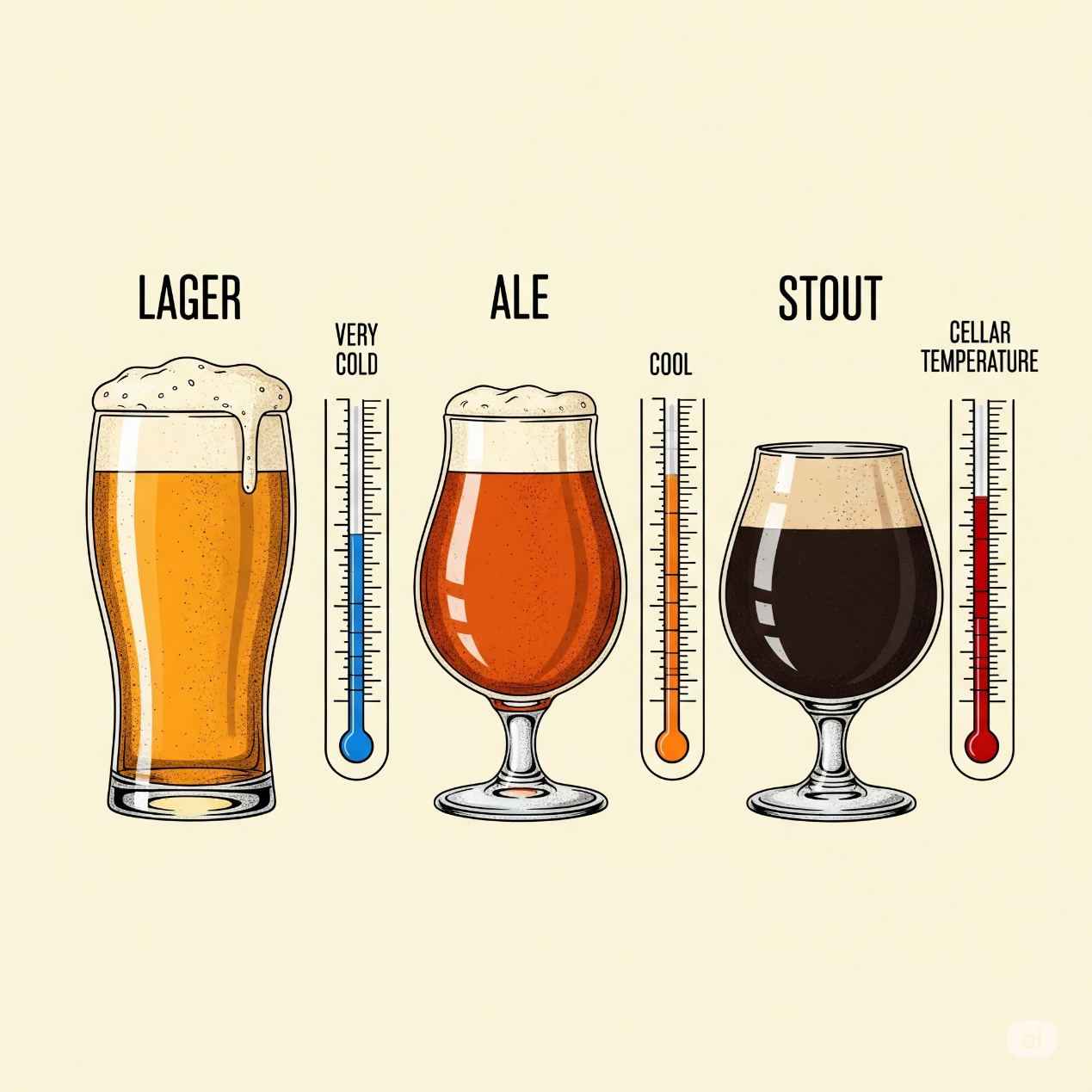
How to Achieve It in Practice: Simple Steps for a Big Difference
You don’t need a beer thermometer (though they exist and are fun!). Just think about it this way:
- For the lighter, refreshing ones: Just take them out of the fridge and serve. They are made for immediate, cool enjoyment.
- For the medium-bodied and aromatic ones (e.g., an IPA or an Amber Ale): Take them out of the fridge 10-20 minutes before drinking. You’ll feel the hops “waking up” and the aromas emerging.
- For the strong, complex, “wintery” ones (e.g., a Stout or a Belgian Tripel): Take them out of the fridge 30-45 minutes before drinking, or even 1 hour. You can leave them in a cool spot in the house. Your patience will be rewarded with a rich, full experience.
You’ll notice a huge difference! A Stout drunk “ice-cold” might seem bitter and tasteless, while at its ideal temperature, it will reveal notes of chocolate, coffee, and vanilla, like a warm, aromatic beverage. The same applies to an IPA, where the fruity and resinous hop notes will explode, instead of being hidden by the cold.
Beer: Your Best Friend All Year Round and for Every Occasion!
So, what have we learned today? Firstly, that beer is much more than just a summer drink. It’s a vibrant, evolving world of flavors that can accompany you through every season, from the hottest days of summer to the coldest nights of winter. A beer can be just as enjoyable at a Christmas dinner, alongside a plate of turkey and sweet potatoes, as it is a cool breeze after a sunny day.
And secondly, that “ice-cold” isn’t always best. The correct serving temperature is the key to unlocking all of beer’s hidden secrets and enjoying its full complexity. It’s like finding the “key” that unlocks the true character of each beer.
This is an invitation to explore! Next time you find yourself in front of a wide selection of beers, don’t just stick to the Pilsner (although Lazy Mules is always an excellent choice!). Look at the colors, read the descriptions, ask questions, experiment. Try a Stout in the summer, why not? It might surprise you how well it pairs with smoked meat from the barbecue. Or a fruity Weissbier in the winter, which will bring a hint of freshness and summer into the midst of the cold.
Open your mind, open a different beer style, serve it at the ideal temperature, and let the flavors transport you. Because beer is not just a drink – it’s an experience, a story in every sip, and it’s here for us to enjoy, regardless of season or temperature! Break the rules, bust the myths, and dive into the vast and captivating world of beer.
Cheers to endless flavor discoveries!
-
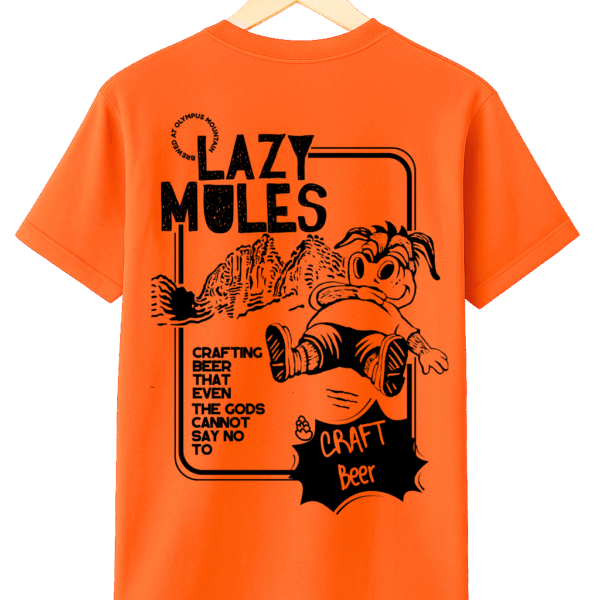 Quick ViewSelect options
Quick ViewSelect options -
 Quick ViewSelect options
Quick ViewSelect options -
 Quick ViewSelect options
Quick ViewSelect options -
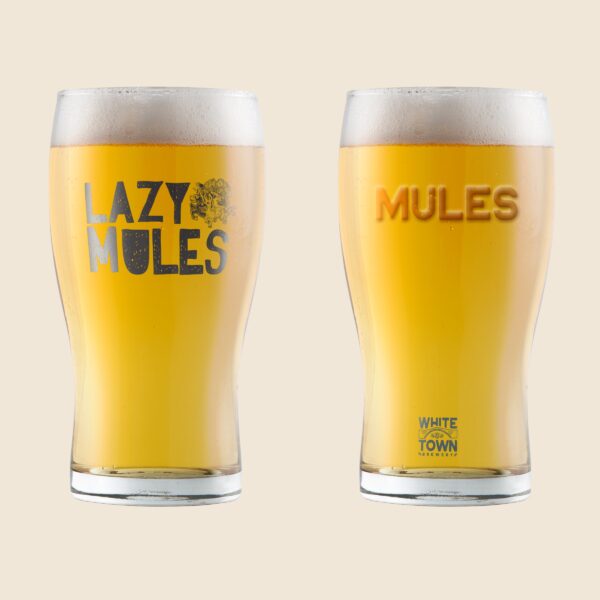 Quick ViewAdd to cart
Quick ViewAdd to cart -
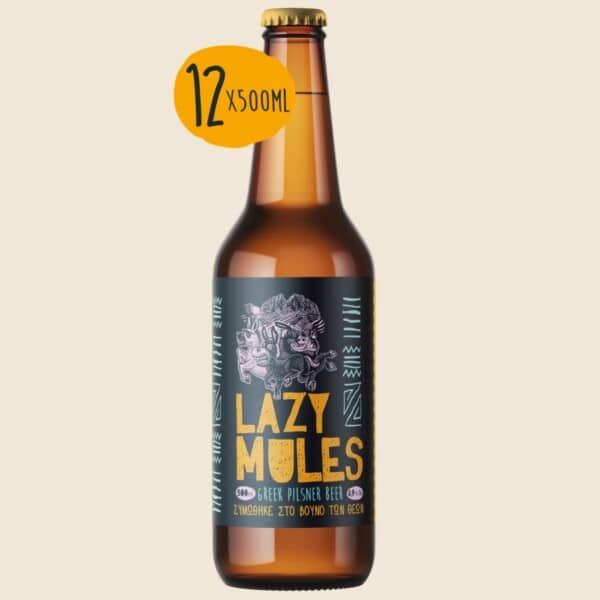 Quick ViewAdd to cart
Quick ViewAdd to cart -
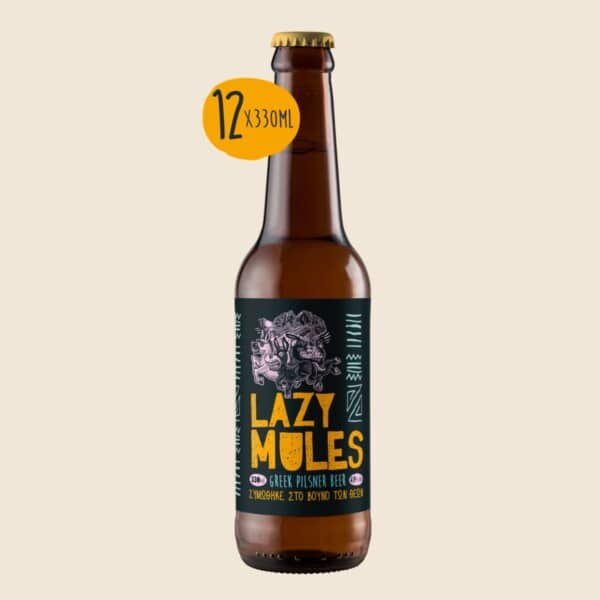 Quick ViewAdd to cart
Quick ViewAdd to cart -
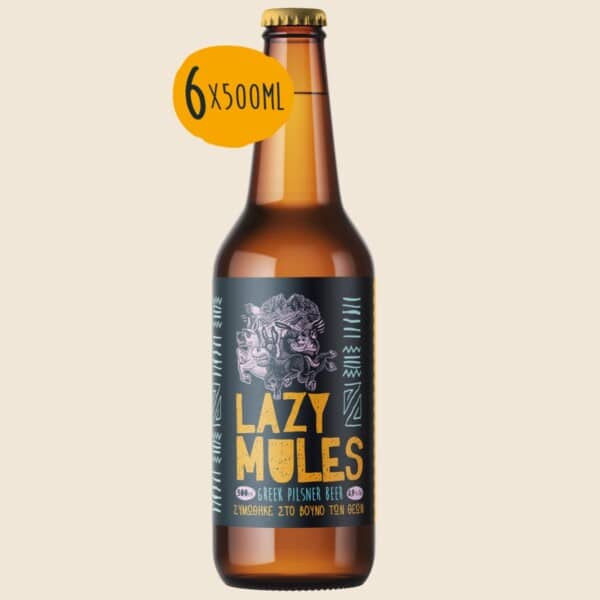 Quick ViewAdd to cart
Quick ViewAdd to cart -
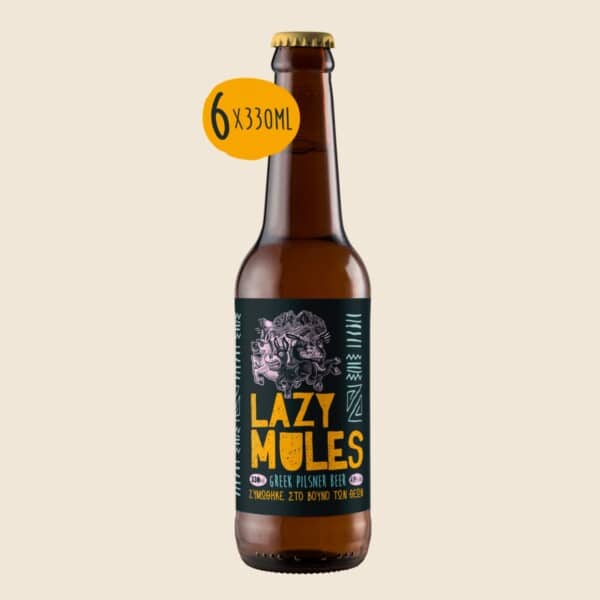 Quick ViewAdd to cart
Quick ViewAdd to cart



